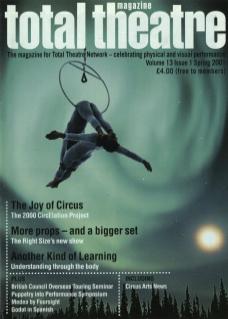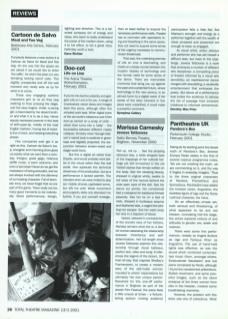Roll up, roll up... See the amazing tattooed lady, a bride stripped bare of the trappings of her cultural heritage yet still enmeshed in the old Yiddish stories that remain written on the body. See the sleeping beauty, dressed in virginal white, awake to tell tales of the horrors behind the wide-open eyes of the doll. See her dance sur pointe, her constrained feet a metaphor for traditional female passivity. See her lie on a bed of nails, dressed in burlesque sequins and feathered tails, a caged bird plotting her escape. See her wash away her sins in a baptism of blood.
Naked, tattooed in contravention of the ancient laws of her fathers, Marissa remains what she is: a Jewish woman assessing the relationship between inheritance and self-determination. Her full-length show Jewess Tattooess explores this relationship through visual tableaux, spoken text, video and song. It references the legend of the Golum, the man-of-clay that inspired Shelley's Frankenstein, to create a modern story of the self-made woman: moulded to others' expectations but ultimately her own unique person. Reworked for this one-off performance in Brighton as part of the Jewish Film Festival, the piece feels a little unsure at times – a fortune-telling section inviting audience participation falls a little flat. But Marissa's strength and energy as a performer together with the wealth of ideas amassed and presented are enough to keep us engaged.
As visual artist, writer, director and performer she has set herself a difficult task, but rises to the challenge. Jewess Tattooess is a work that embraces a number of different arts disciplines: a compelling piece of theatre informed by a visual arts sensibility; an expressionist dance merged with storytelling; a vaudeville entertainment that embraces the poetic. But above all a performance that invites the audience to witness the rite of passage from innocent childhood to informed womanhood.

